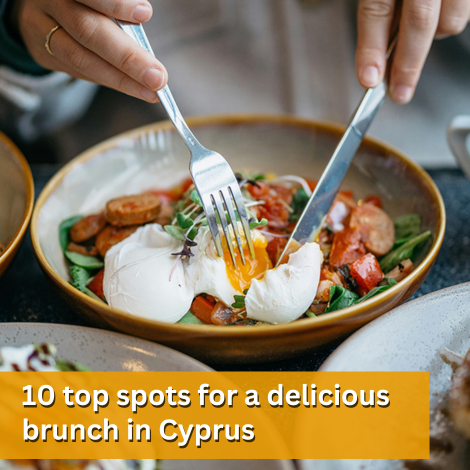Vouni, a significant wine village since ancient times
A small tour of the history and present of this picturesque village
Vouni, is one of the most beautiful villages in Cyprus with rich architectural heritage, cobbled alleys and traditional stone-built houses with interior gardens. Vouni is located in the Krasochoria region of the Lemesos District at an altitude of 800 metres above sea level. The name of the village is linked to its location which means low mountain.
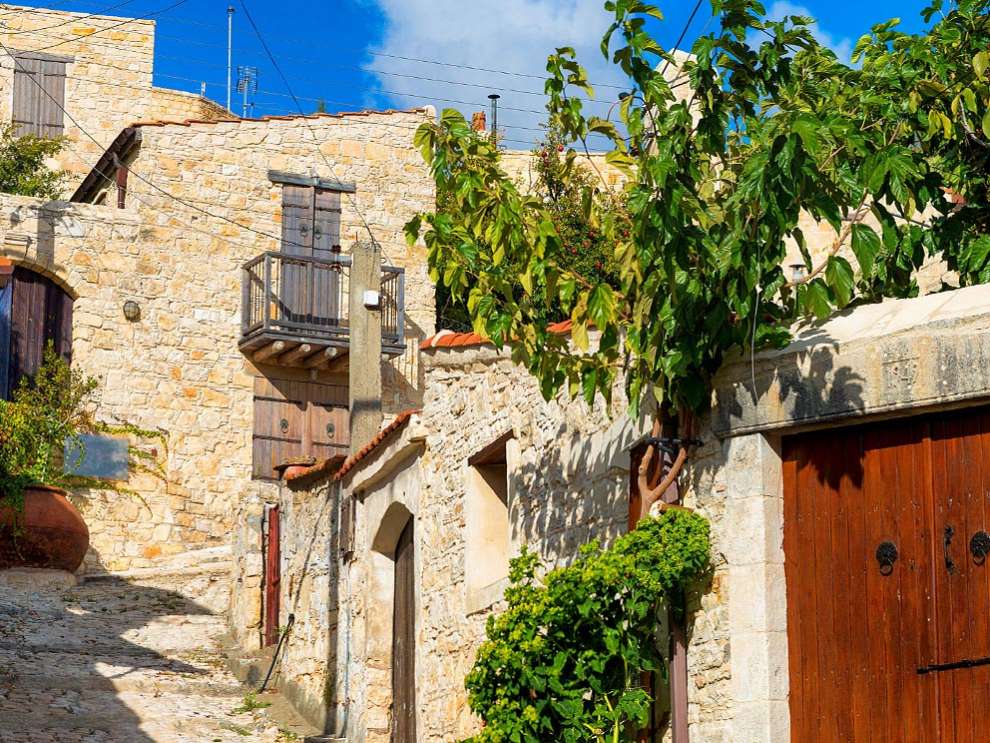
Vouni, has been a vine village since ancient years, with more than 40% of the total land area covered with vineyards. Nowadays, viticulture has been significantly reduced due to rural depopulation.
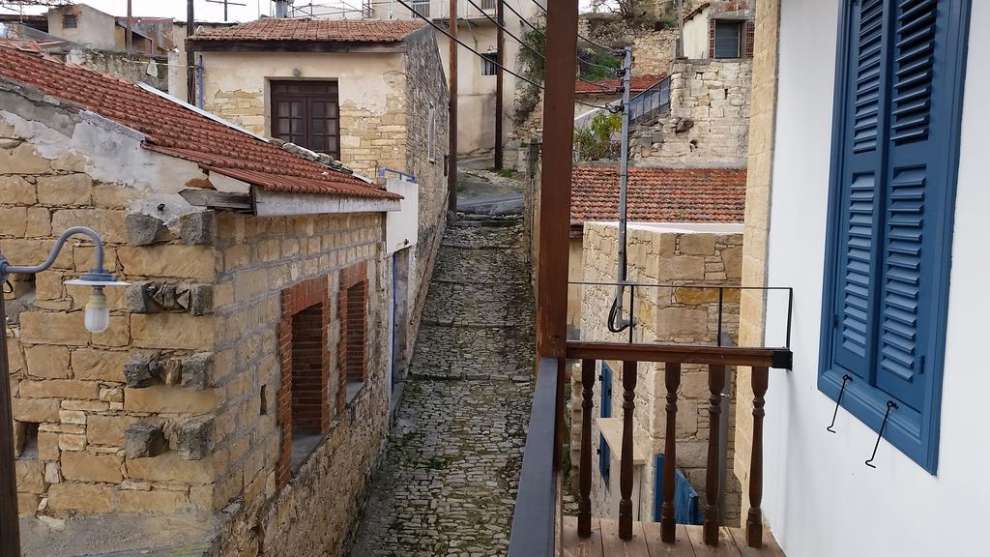
Vouni is the third largest village in the whole of Cyprus, in terms of land mass, as the present villages of Souni-Zanatzia, Sotera and Sterakovou were mainly owned by residents of Vouni. They developed vast agricultural activity in these communities by growing mainly carobs, cereals and olives.
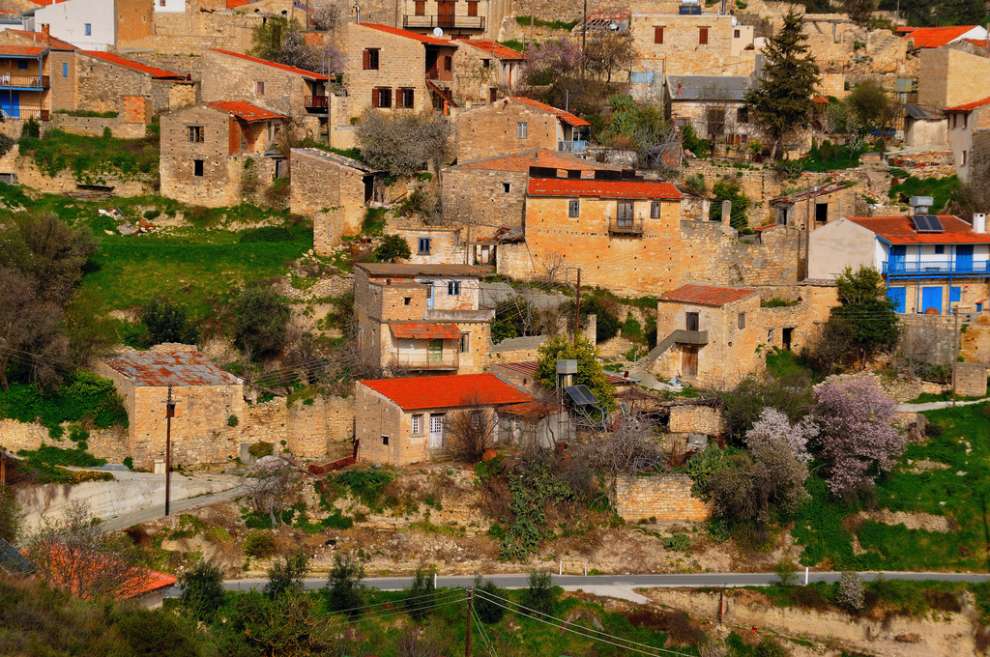
The population of Vouni reached 1247 by the 1940s, however, from 1960 onwards, the village’s population began to decrease gradually, as with most of the island's villages. Today there are around 150 permanent residents in Vouni but it remains a lively village due to many country home owners that live in the nearby city of Lemesos. The numbers significantly increase in the weekends as locals and tourists arrive to enjoy one of the traditional taverns or stay at an agrotouristic house or villa.
The first reports of Vouni date back to the Middle Ages and the village appears in Venetian maps. With a long and rich history Vouni continues today to be one of the most beautiful and significant villages of Cyprus in terms of wine production, tradition, museums, churches, festivals, agrotourism and taverns with good food and wine. Also found in Vouni is one of the first coffee shops opened only for women.
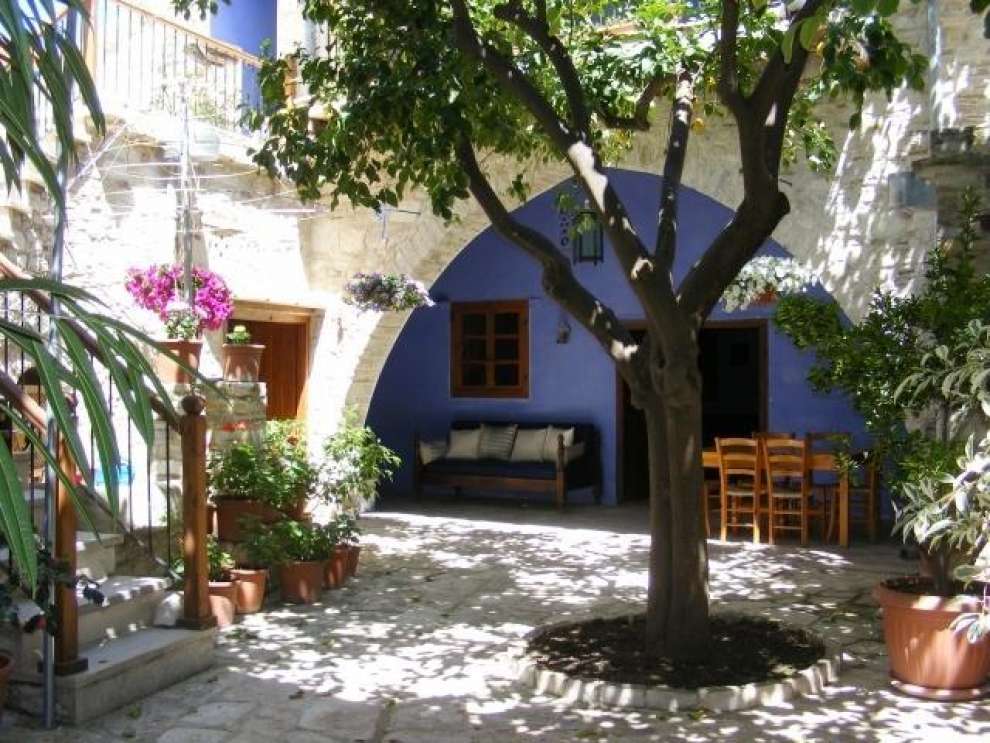
Vouni, has a nostaligic enchantment that makes it worth a visit:
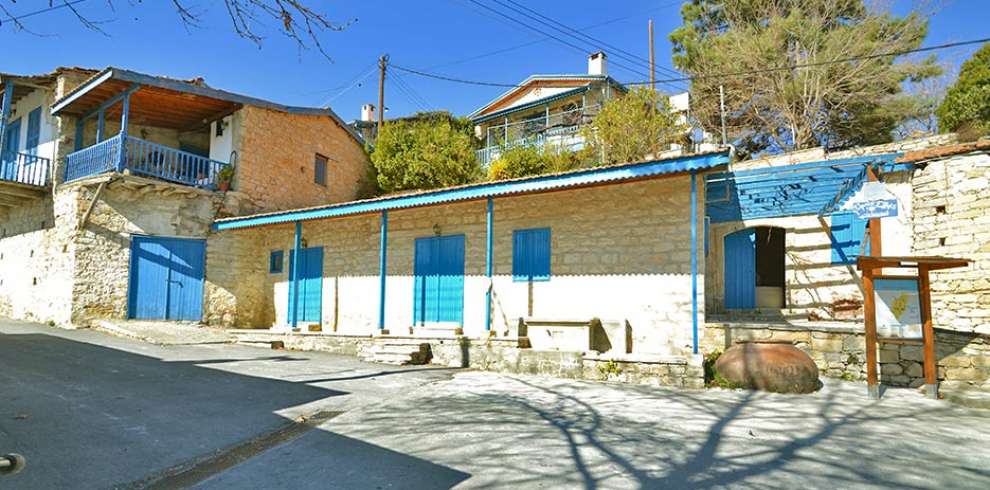
Museums:
- Byzantine Museum
- Olive Mill
- Museum of Folk Art
- Oenology Museum
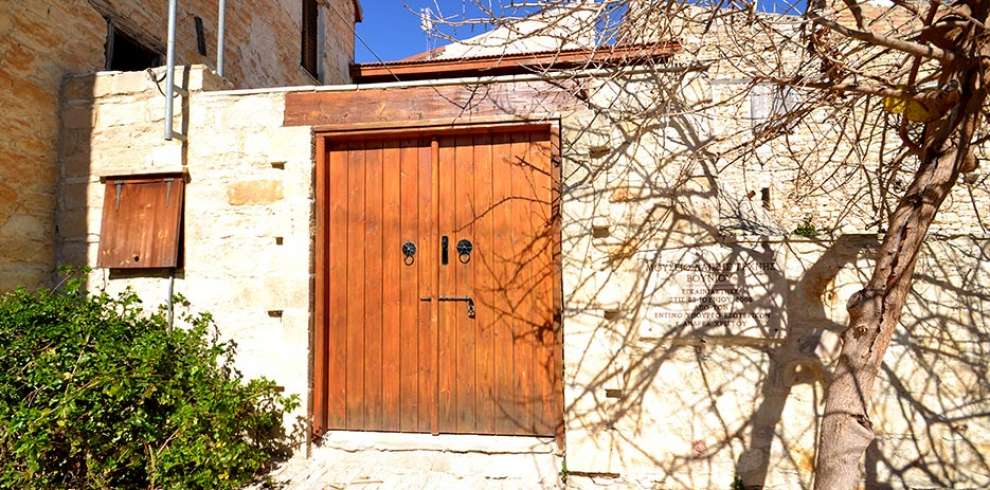
Archaelogical Sites:
- Venetian refuse dump
- Ottoman refuse dump
Churches, Chapels and Monastery:
- Church of Timios Prodromos
- Church of Panagia Peravouniotissa
- Chapel of Chrysosotiros
- Chapel of Agios Ioannis Rossos
- Chapel of Agios Mamas
- Monastery of Resurrection
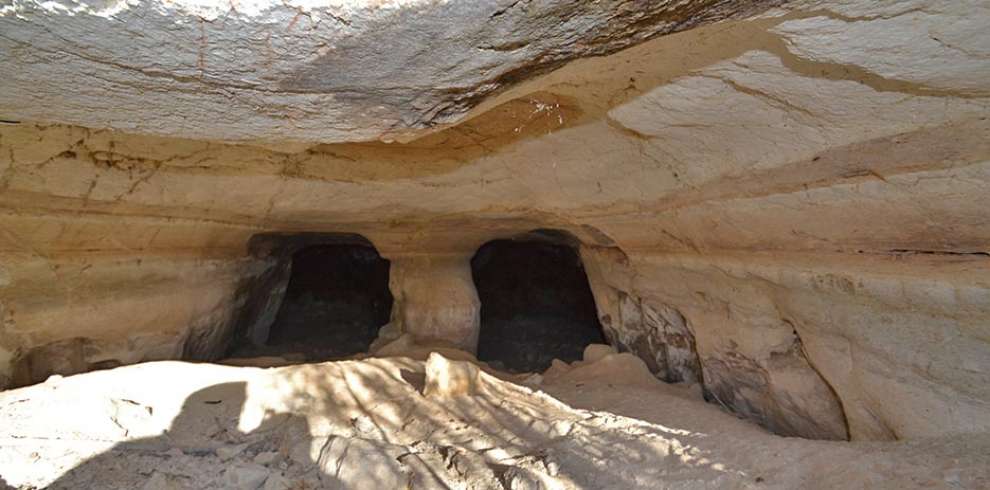
Caves:
- Cave of Panagia
- Cave of Moulos

 English
English
 Ελληνικά
Ελληνικά Русский
Русский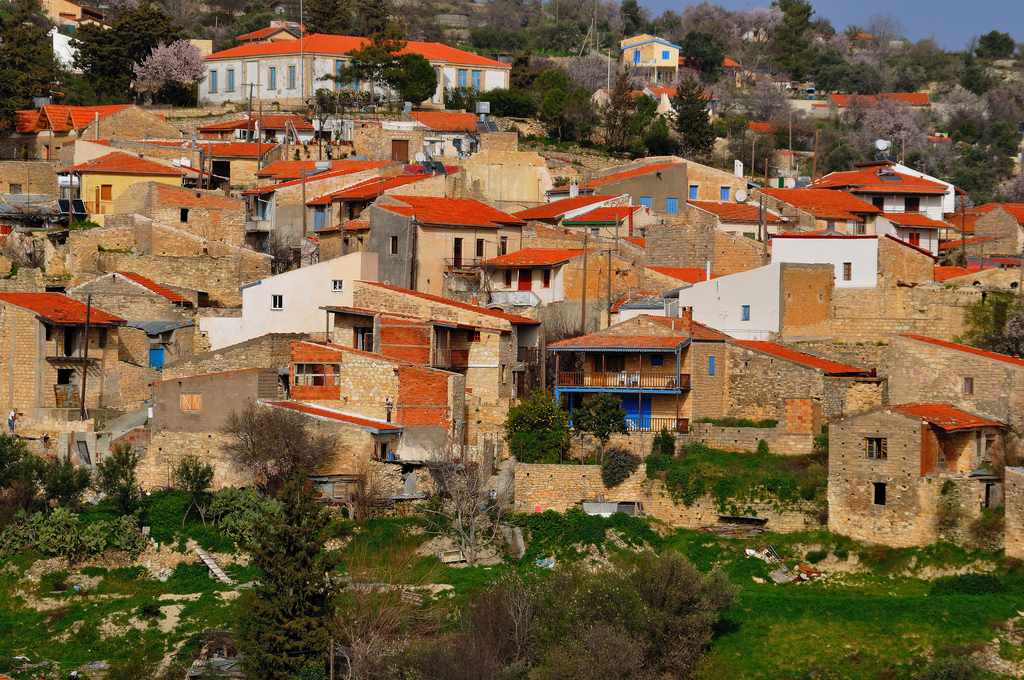
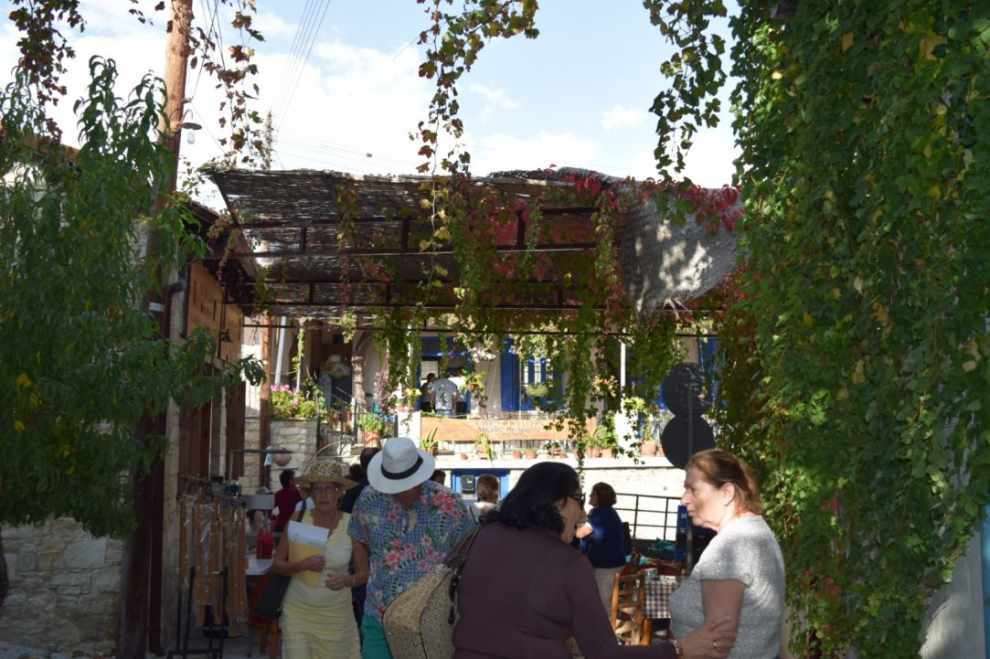
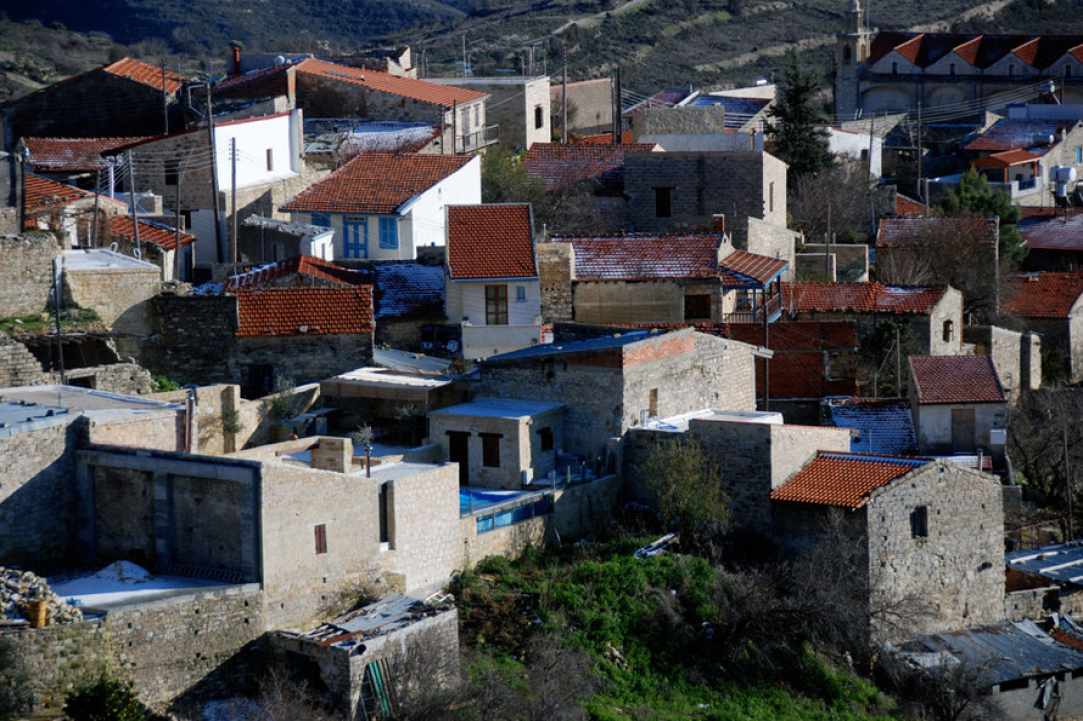
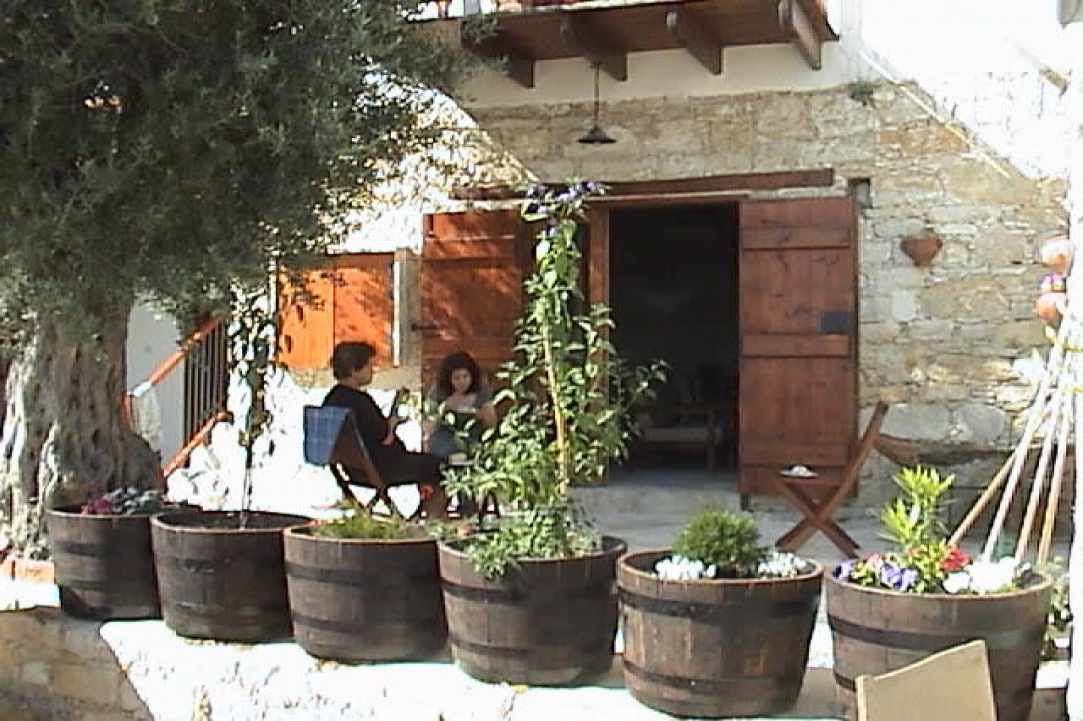

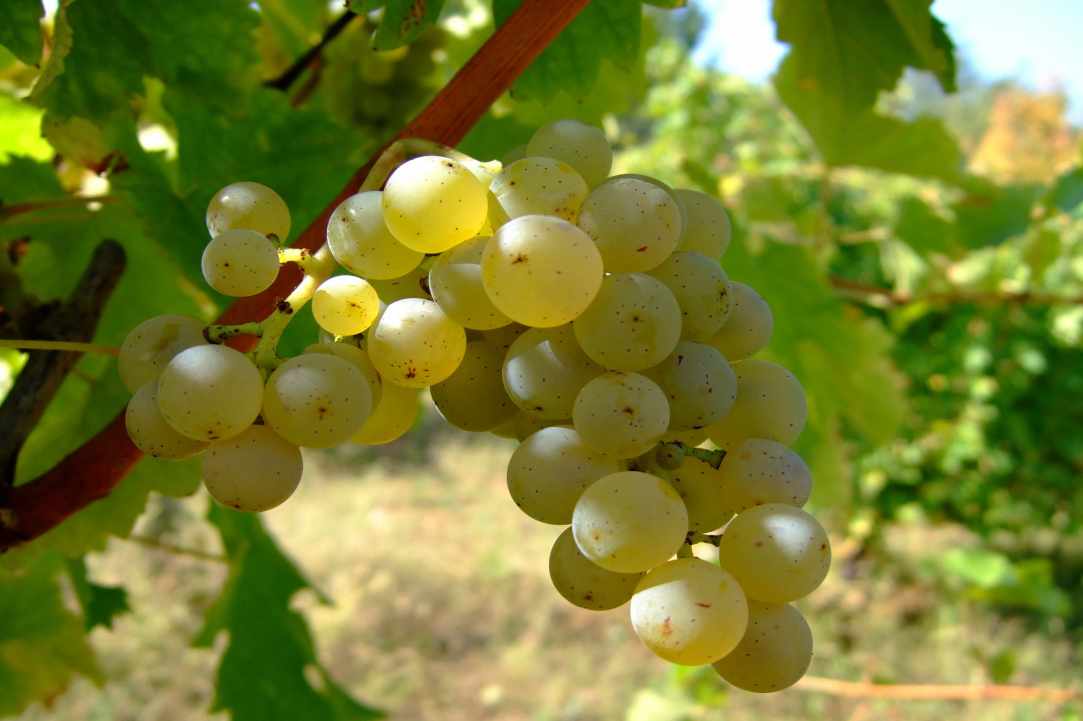

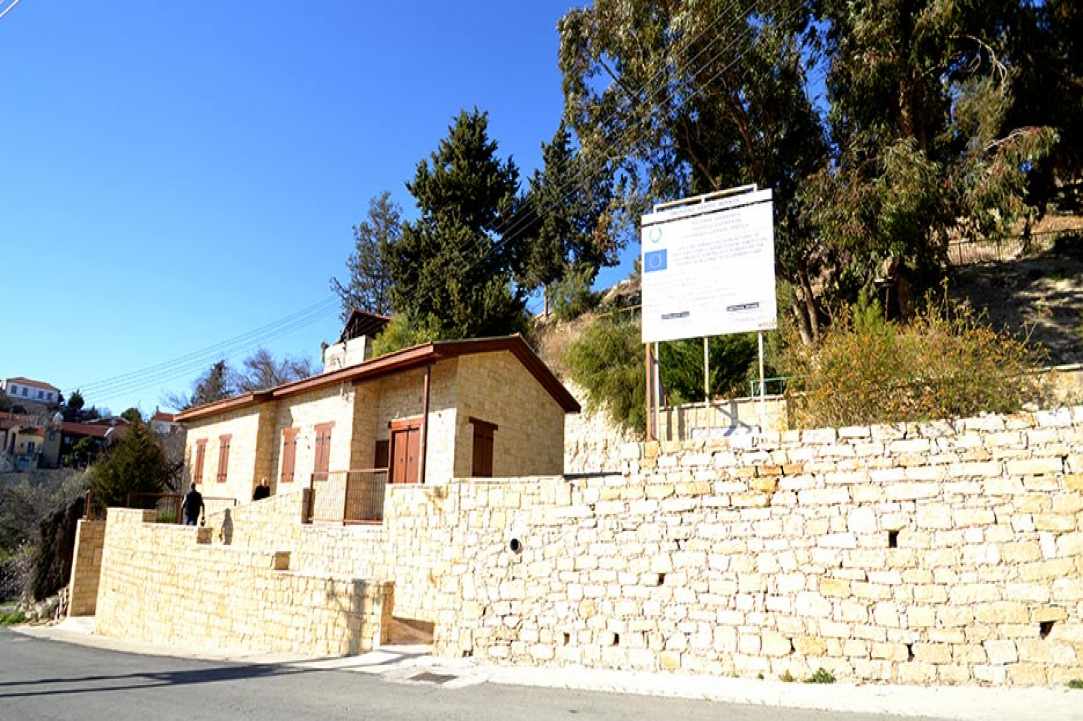
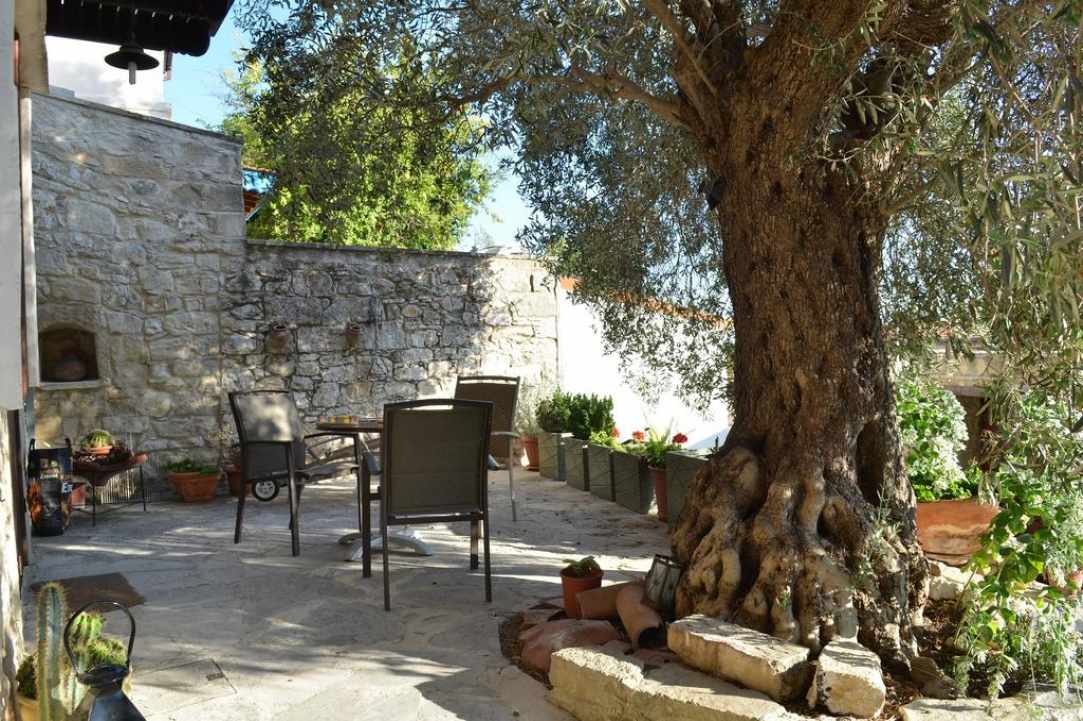
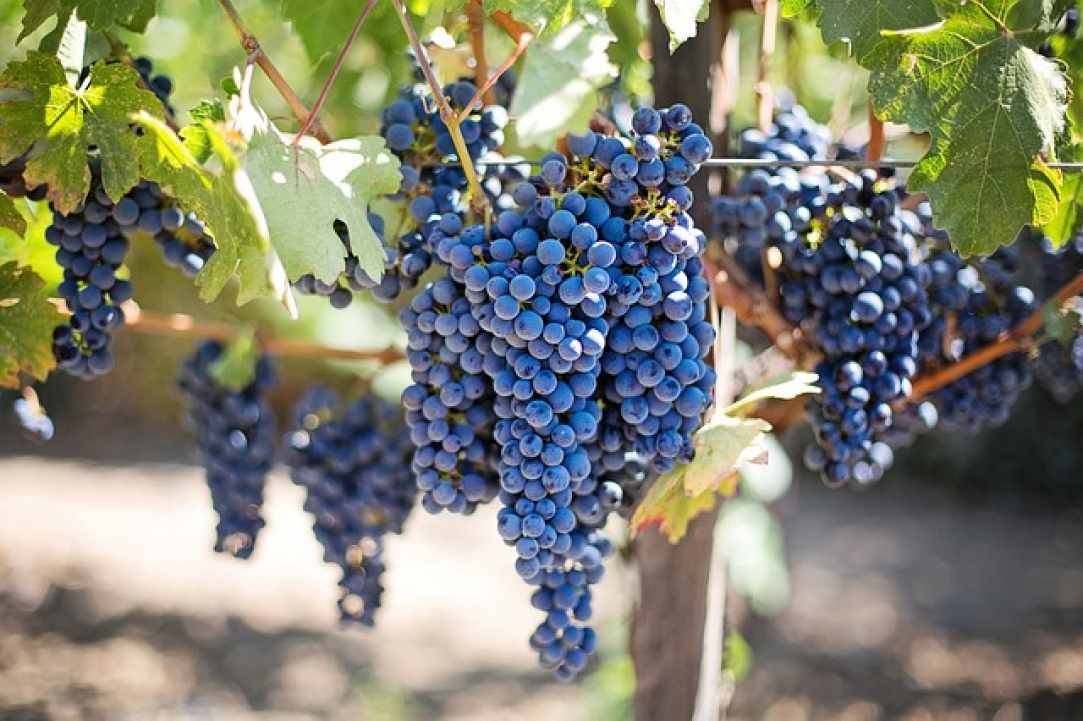

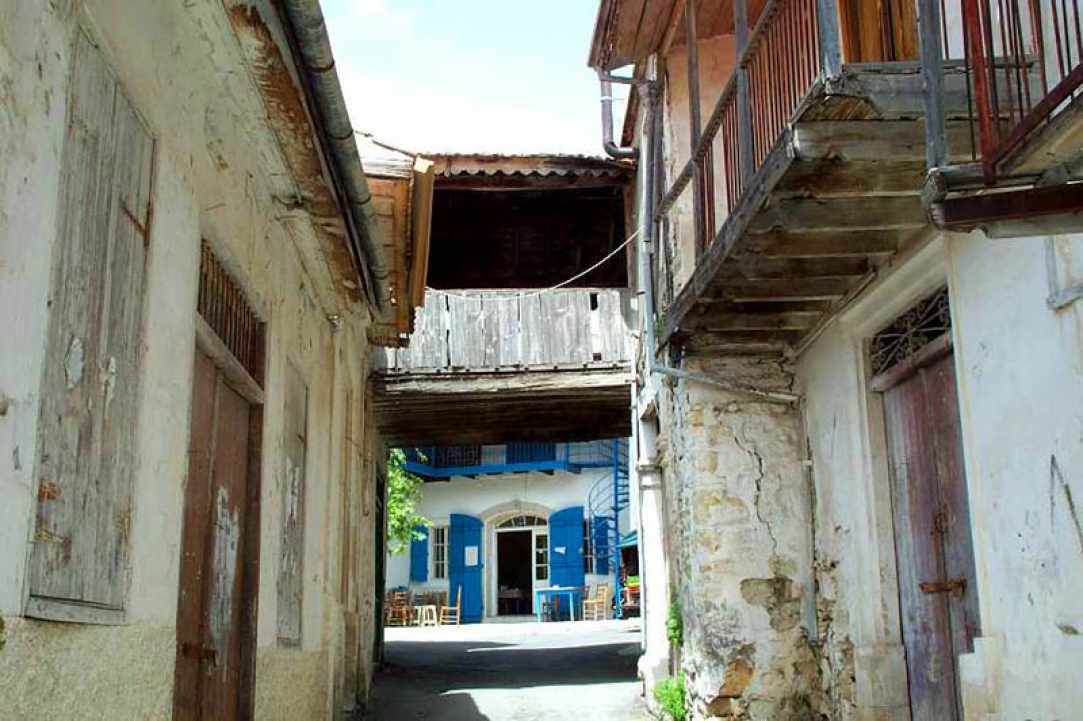
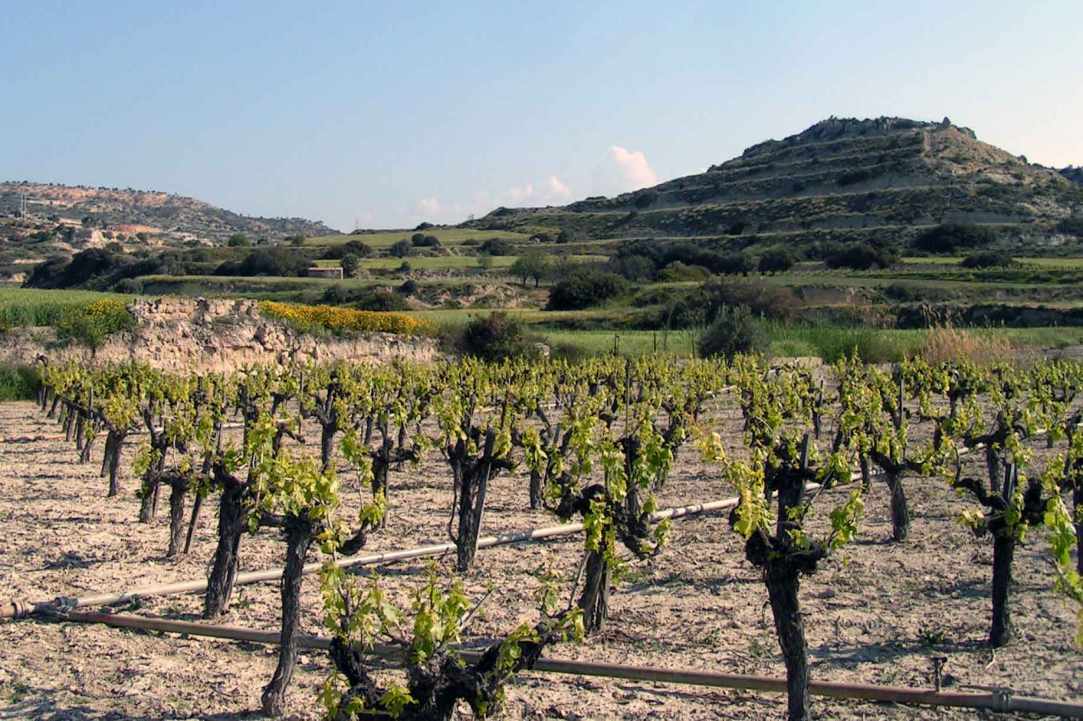
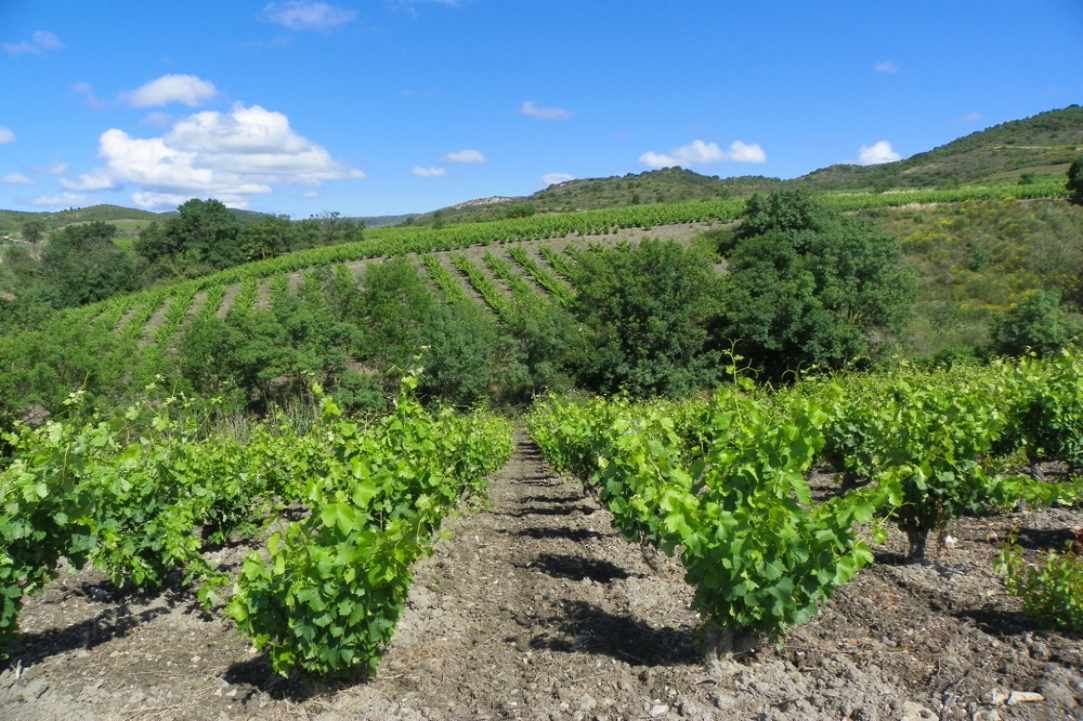
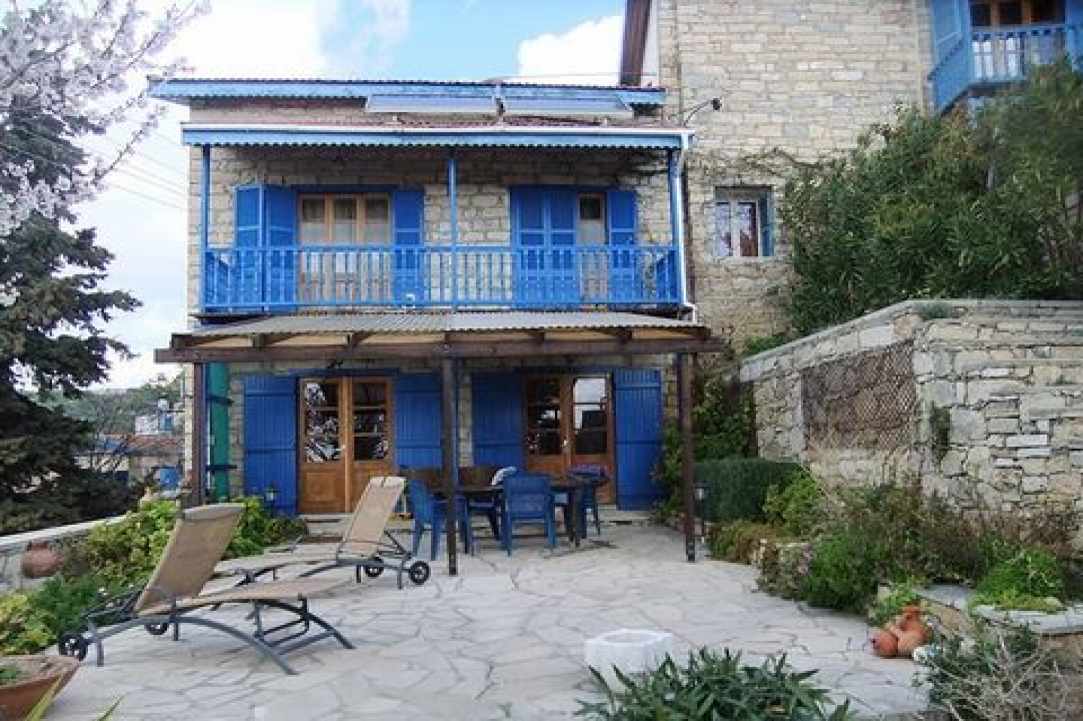
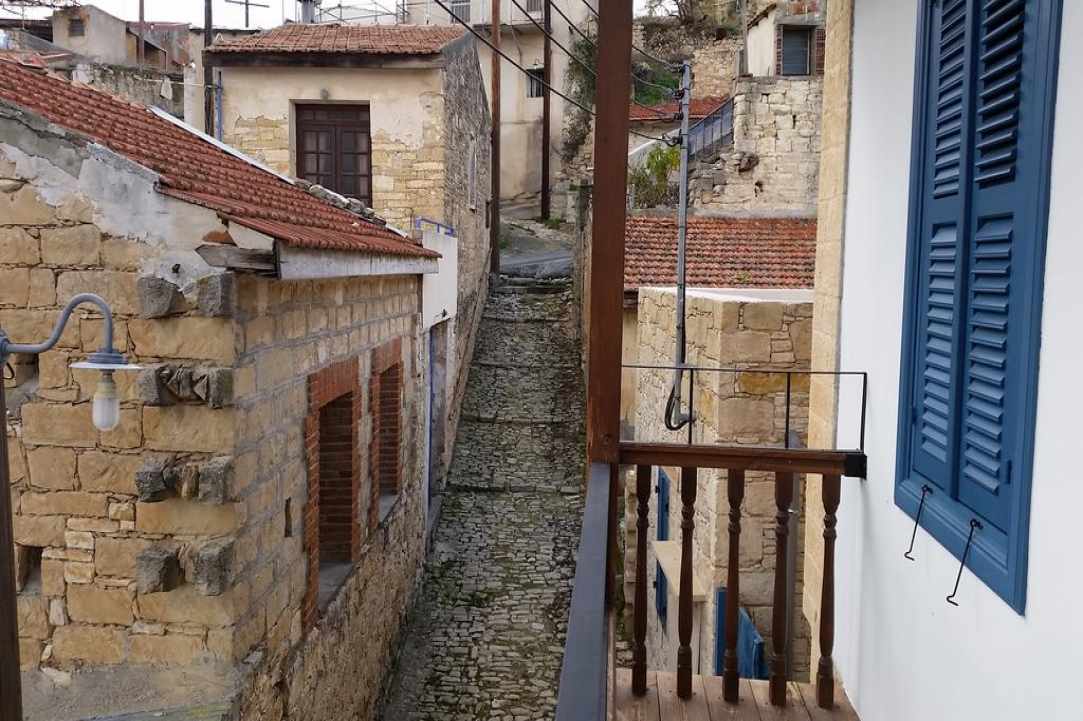
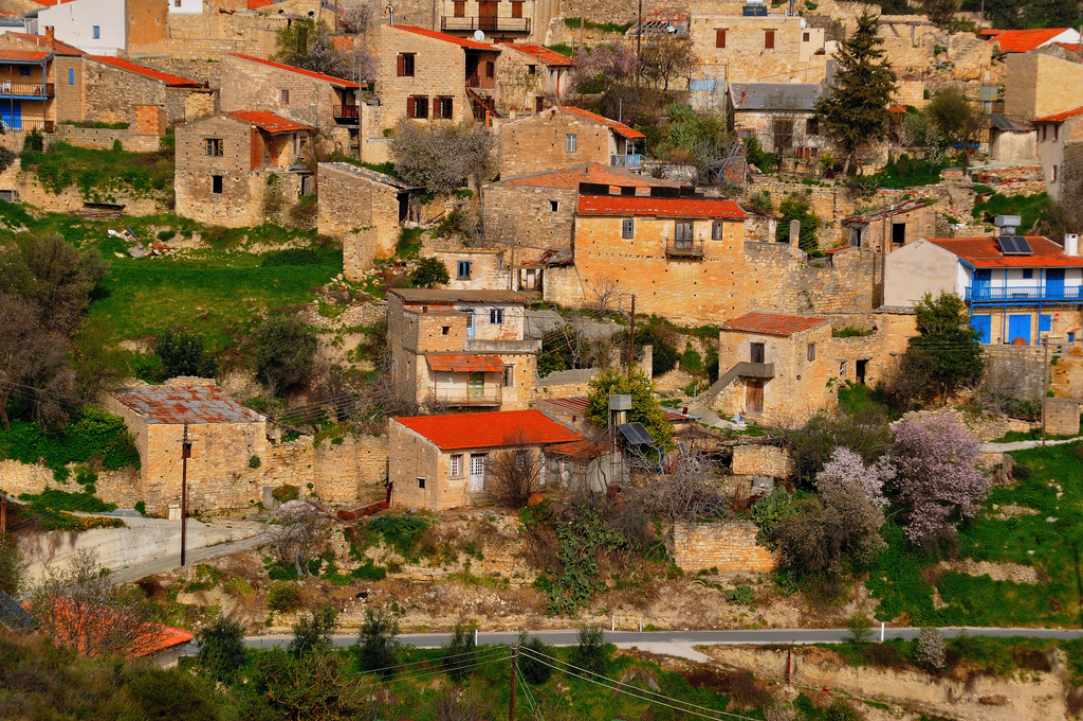
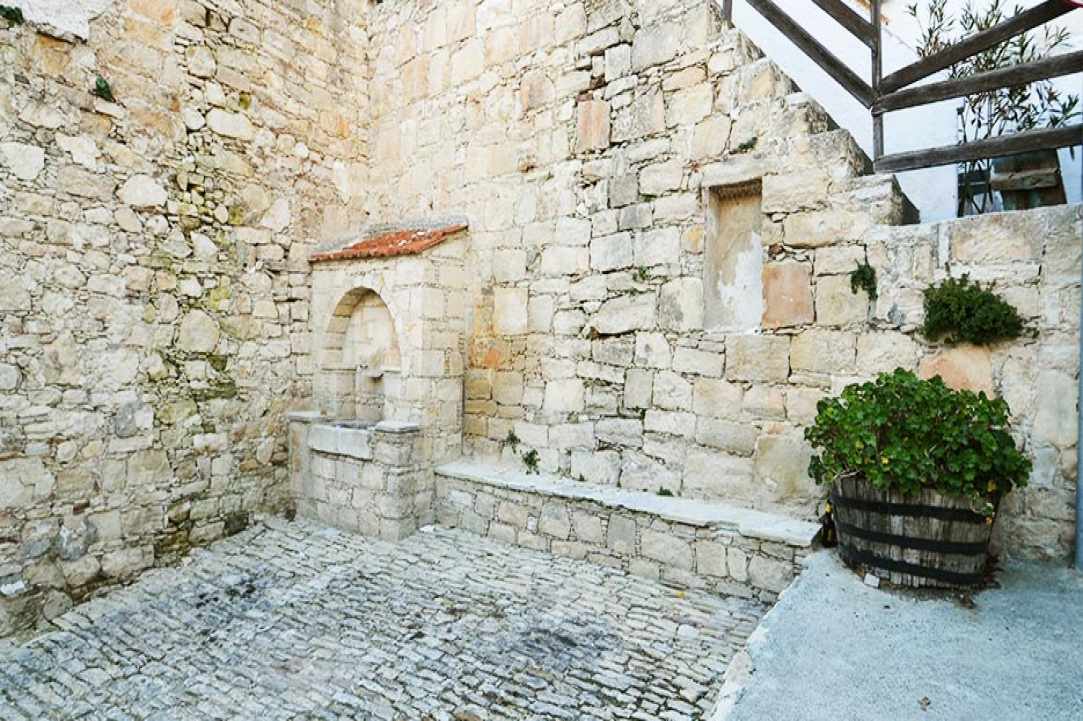
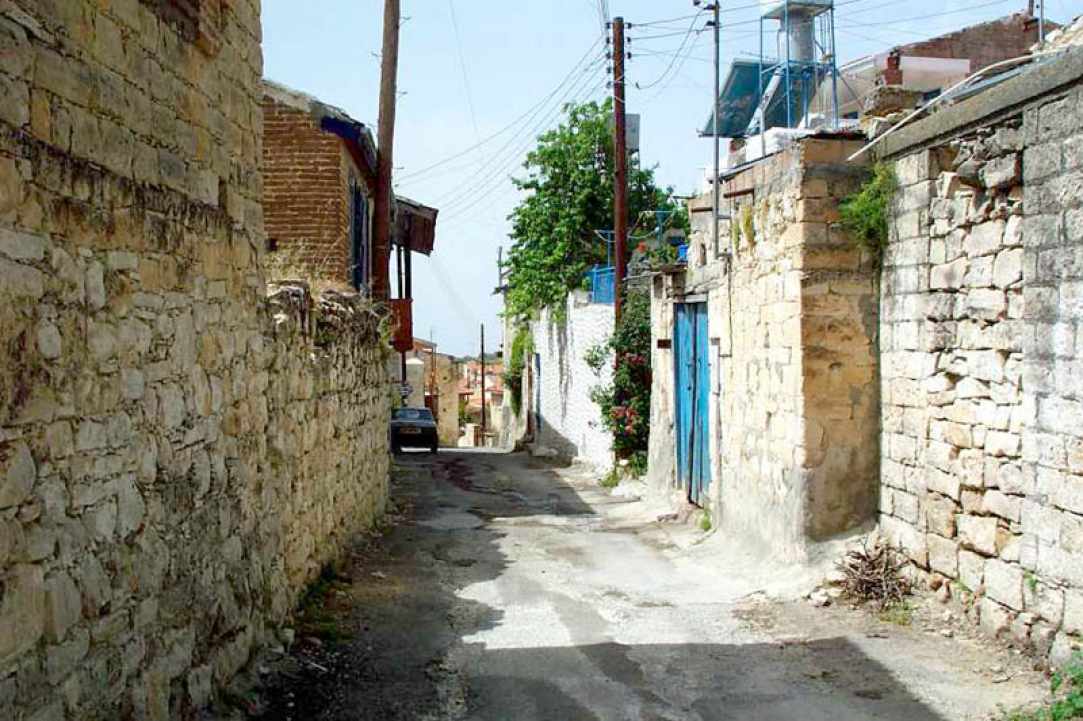
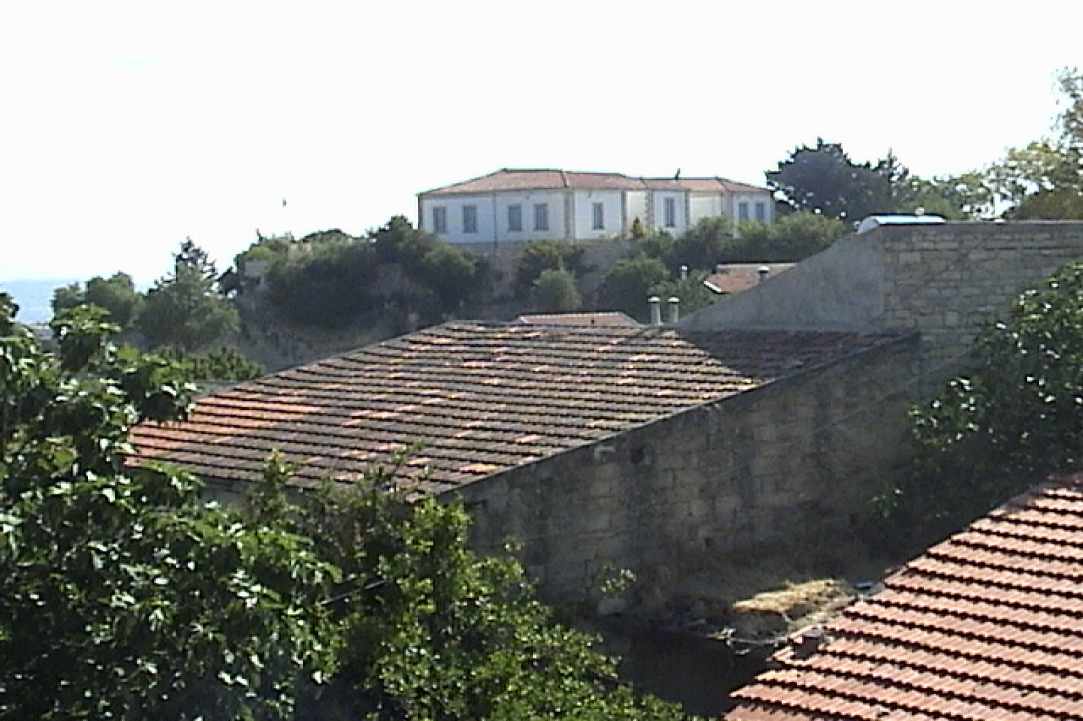
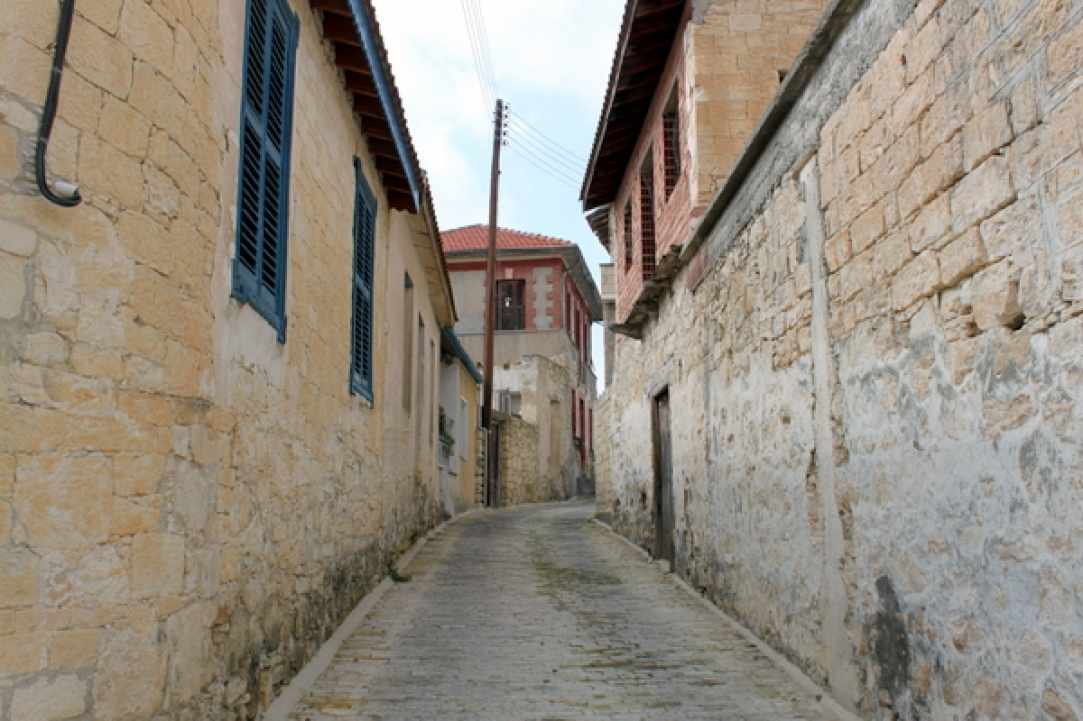
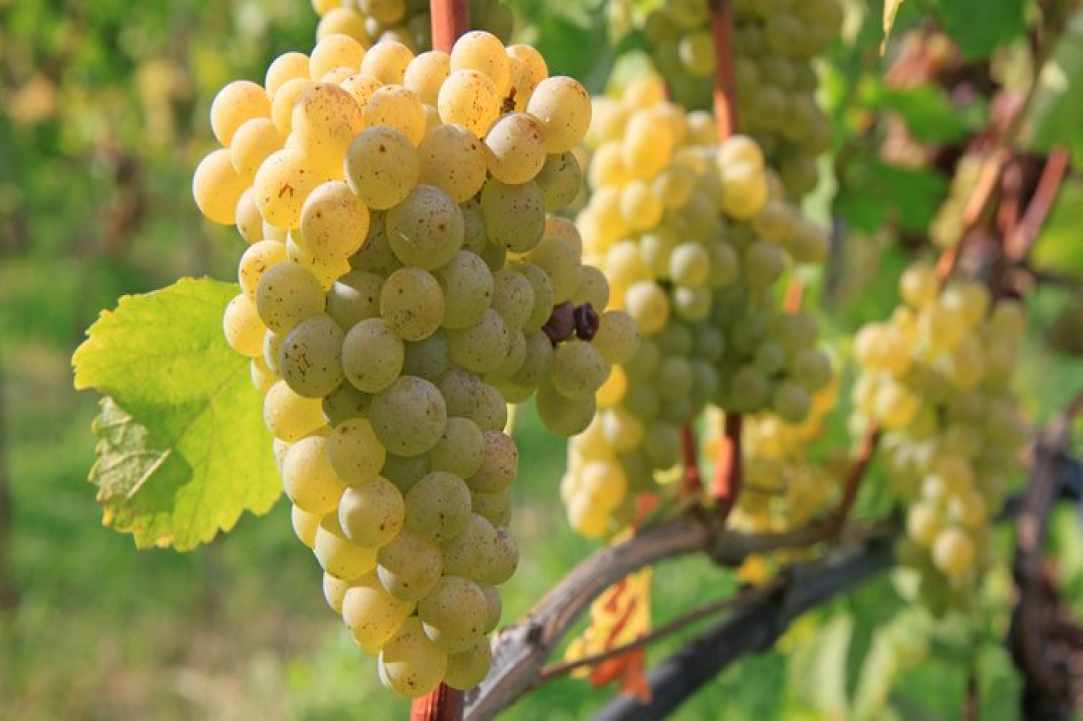
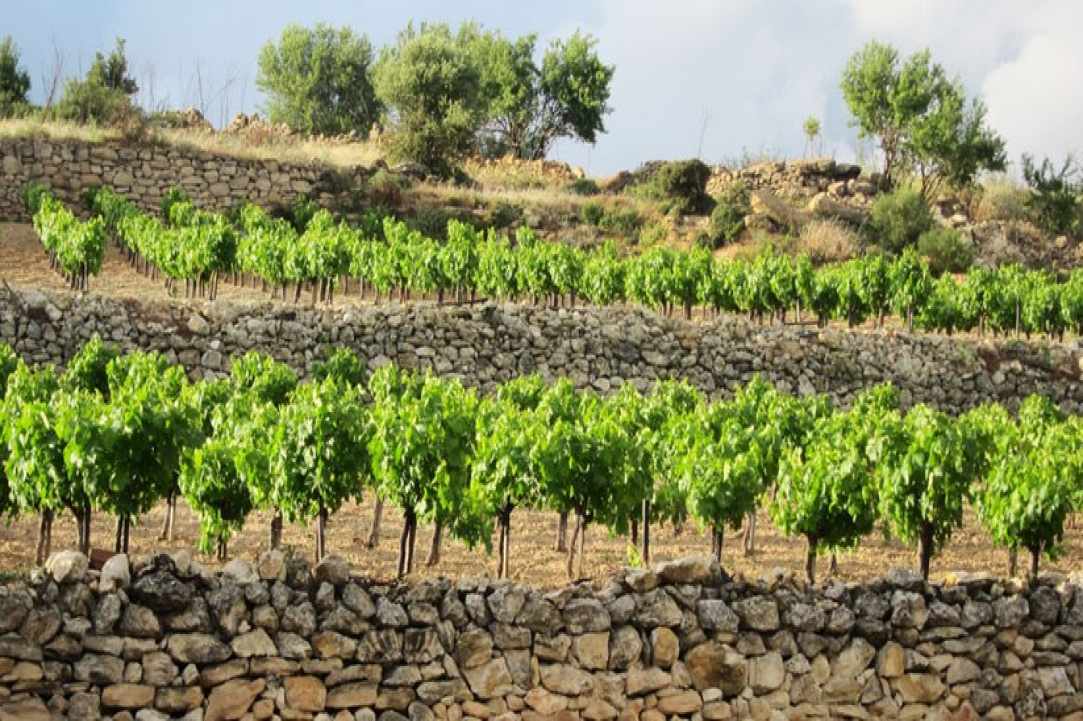
 Posted by
Xenia Economidou
Posted by
Xenia Economidou

